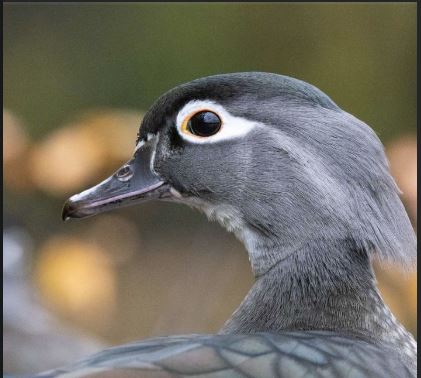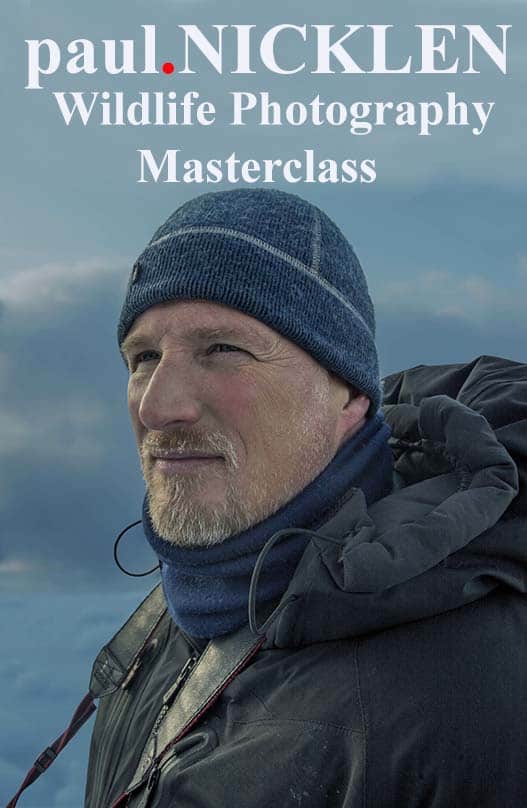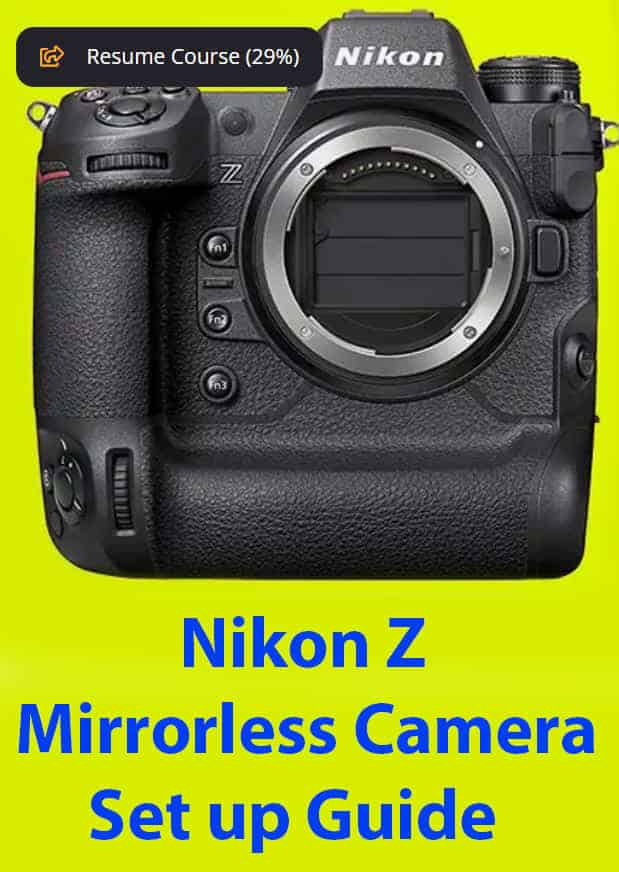Canon EOS R5 hands on user review with with first impressions of the camera and the RF 100-500mm and RF 1.4 teleconverter combo.
My good friend Marc Latremouille who is a wildlife photography tour guide and very accomplished photographer has been testing the
Canon EOS R5,
RF 100-500mm with
RF 1.4 teleconverter combo now for the last 4 weeks. To summarize before getting into details, this Canon EOS R5 combo is a GAME CHANGER for wildlife photographers according to Marc and I trust his judgement. Marc’s detailed first impressions are below but his summation goes like this: The Canon EOS R5 is light, precise, lightning fast AF, very impressive ISO performance, image stabilization combo eliminates the need for tripods and more then enough resolution to meet any wildlife photographers photographic requirements. It ROCKS!!! And no Marc is not paid or endorsed by Canon in any way so this is his unbiased, uninfluenced opinion.
First Impressions: Not Specs
I’m not going into specs, you can find those everywhere. My first impression is this camera is small (coming from a 1DX 2) and light. The advanced manual is only over 900 pages. The first thing I did was get a complete understanding of the Auto Focus (AF) system, the Face detect option, the eye detect option and all the other bells and whistles to customize. I got the battery grip, but decided to try without it (carry extra batteries at all time, this camera eats batteries for breakfast).
I customized buttons and dials to have as much access to have the ability to change exposure settings, ISO settings, AF menus at my fingertips without having the need to actually have to go to a dedicated menu (either through the Electronic View Finder (EVF) or back screen). Now I can do most of my changes very quickly and adapt to different lighting situations and take advantage of most of the AF system without ever loosing site of the action/scene.
Birds In Flight:
The real test would be birds in flight. Once I understood how and when to use the different combinations of the AF system to acquire initial focus on a moving subject, the camera didn’t disappoint. It is BY FAR the most responsive, precise AF system I’ve ever used. Once the camera locks on, whether it’s the eye, the face or complete subject (depending on the amount of pixels it occupies on your sensor (very small in frame)) it does an amazing job at tracking it and as long as you can keep your subject in the frame, the camera will track it, most of the time.
Since the AF system can occupy all of the sensor, composition can be made while tracking the subject before fully pressing the shutter down. That took getting some getting used to, but now I try compose as the bird is in midair. Nice feature!
First 2 images shot with R5, 100-500 and 1.4TC. Duck head portrait shot with R5, 100-500, ISO 12800..no noise reduction.
Electronic Shutter/Mechanical Shutter:
20 frames per second is mind-blowing and without a hint of a sound, you’re completely incognito in the field with the electronic shutter (
rolling shutter etc. is all new) I’ve seen very little of it, but be aware, that it will show in certain situations. Very good option for shy subjects and you’ll never miss another wing position again. The mechanical shutter is very quiet and still does 12fps.
Not every picture from every burst will be 100% sharp. But the majority will be. This will be based on available contrast, light direction/intensity and your technique to acquire initial focus and switch to eye detect and track accordingly to get the most sharp images (assuming proper shutter speed is dialed in). When eye detect isn’t locking in (either due to poor contrast, recessed eyes with no color contrast between eye and surrounding feathers) I will either switch to face detect with full sensor active for birds in sky or with face detect with AF spot for birds in a group either in the sky or on the ground.
AF Capabilities
In order to take full advantage of the cameras AF capabilities, YOU MUST fully understand EVERY option and combination and micro AF Case adjustments available and WHEN to use them. Once you get comfortable with that knowledge and you’re able to change on the fly (with customized buttons and dials at your fingertips) you will be blown away by it’s capabilities IT IS THAT FAST. Period.
High ISO Performance
HIGH ISO PERFORMANCE AND IMAGE STABILIZATION REVIEW/FIRST IMPRESSIONS – Canon R5 and 100-500 with 1.4TC. This combo with the 1.4TC keeps impressing me daily. I you had to look at just one image, look at the squirrel image…really take a good look. The pic was taken at 700mm, ISO 10 000, F10, 1/40sec, Handheld. No noise reduction applied, no sharpening applied. The combination of the lens IS synchronized with the R5s stabilization gives you 6 stops. It is THAT GOOD.
My initial concerns about this combo was the F10 aperture with the 1.4TC on the 100-500 shooting at the long end giving me 700mm. Forest settings, dusk/dawn, these are all low light and require high ISOs especially shooting at 700mm and F10. It was never a concern with my 600F4, but I was hoping to really lighten the weight of my gear (i.e., tripod and big tele lens), which this combination does.
The R5 does really well at taming the noise. Take a look at the 12 800 ISO image. Very usable for publications etc. These images have not been denoised nor sharpened. Very impressed. Shooting at 700mm, handheld is again, a game changer. Light, stable and image quality is first class.
There’s no such thing as a perfect camera, but i’m really liking the results and creative possibilities with this combo. IS is very quiet, lens focus motors the same. It’s growing on me very quickly.
Good But It’s Not Perfect
The Canon EOS R5 is good but it’s not perfect. Here are a few wish list items:
EVF Delay
When the camera is on my hip and I bring it to my eye there’s a delay in “waking up”.
Work around: press the shutter half way as you’re lifting camera to your eye.
Exposure Settings
If your exposure was previously set for a lighter scene and then you lift it, from your hip, to a darker scene, using Exposure simulation view, it will be dark in EVF.
Work around: set the camera to auto ISO and work from there.
Extreme Cold
This more of a question to be answered this winter. Will the Canon E)S R5 stand up in extreme cold? Shooting in -25cels is very common during our Canadian winters.
Build Quality
The Canon EOS R5 is NOT built as well as the 1DX2/3. Will Canon release an R version with that build?
Lens Aperature
The Canon 100-500 lens and 1.4 tc is light, fast and sharp open all across the frame. The compromise is your aperture. With the 1.4 you’re now at F10 at the 500mm end. Bokeh is not the same as shooting with an F4 but then again, can you shoot at 720mm, handheld without shaking and physical fatigue? I’m happy with the compromise at this point. I’m hopeful Canon will release a 600F5.6 or F4 for the RF line, just start saving now:)
The teleconverter has very little impact on sharpness with this combination and no AF speed loss in normal lighting conditions.
Overall Impression
All in all, I’m very pleased with this combo and recommend it to all wildlife photographers. I have not experimented with the video yet, that’s for another review.














